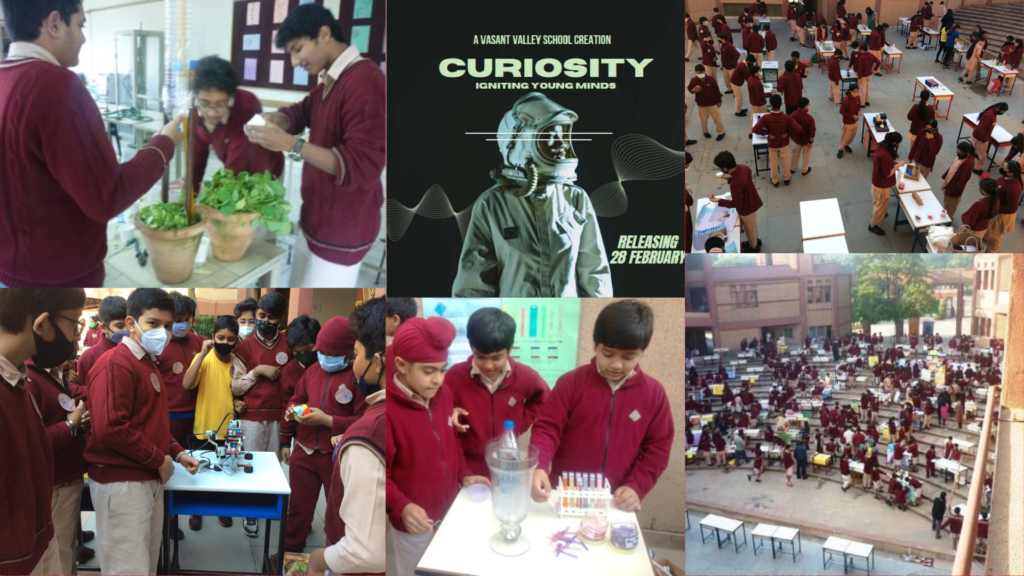Ceramics are hard, corrosion-resistant materials made by subjecting non-metallic, inorganic substances (such as clay) to high temperatures. Not very visually appealing in their raw form, they are beautified by the use of glazes. Most glazes, however, are toxic, specially those prior to the 1990s. Various colours (glazes) have their own toxic chemicals associated with them. The colour white, called ‘lead white’ contains lead carbonate as the main ingredient [found in nature as the mineral hydrocerussite]. Lead is a heavy metal and neurotoxin which accumulates in the brain and causes insomnia, nausea and blindness, among other diseases. Green glazes are made of copper(II) arsenate [which is found in nature as the mineral lammerite (As2Cu3O8)], a variant of which (called Paris Green) was famously used by the impressionist Claude Monet. It has historically been used as an insecticide, rodenticide, and a murder weapon. Arsenic poisoning causes severe discomfort in the gastrointestinal tract, and other symptoms similar to those produced by other heavy metals. Another toxic element used in ceramic glazes is uranium. Used to make red, orange, yellow, blue and black glazes, the most common compound used is uranium trioxide (UO3), which is coloured an orange-yellow, and is produced during uranium enrichment. Blue and black glazes are made from uranium dioxide (UO2, which occurs naturally in the mineral uraninite] and is used in nuclear reactors. Uranium is a radioactive element that releases alpha particles (helium nuclei) as it decays which can cause respiratory diseases (e.g. fibrosis and lung cancer), cause cell necrosis, initiate cancers, damage (mutate) DNA, and the usual symptoms of radiation poisoning: nausea, skin damage, hair loss, etc. Uranium was also added to crystal glass. The glass glows green under UV light. Potters and ceramic workers are exposed to the unfired, raw powder form of these glazes – being much more potent. Wearing respirators, gloves and eye protection are simple solutions. Users are exposed when acidic foods leach the toxins into food and drink. Not using pre-1990s ceramics is the easiest solution. A simple way to test for toxic ceramics is to squeeze lemon juice into the ceramic and leave it overnight. If the ceramic contains toxins, the colour will fade. Thankfully, modern, non-toxic alternatives are on the rise, and with luck will soon replace toxic glazes.
Synopsis of “A Breakdown of toxic substances in ceramic glazes”
About Us

Curiosity, Vasant Valley School’s official science magazine, was created with the aim of “Igniting Young Minds”.
Categories
- A Journey to the Stars: Astronomy (1)
- Articles (47)
- Charms of Universe (11)
- Expanding Realm of Technology (12)
- Main Articles: 2024 (2)
- Scientific Fantasies (6)
Archive
Tags
Your site doesn’t have any tags, so there’s nothing to display here at the moment.
